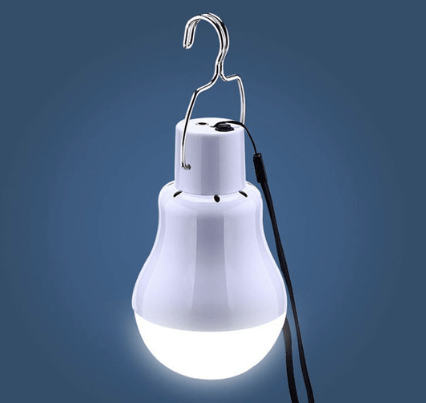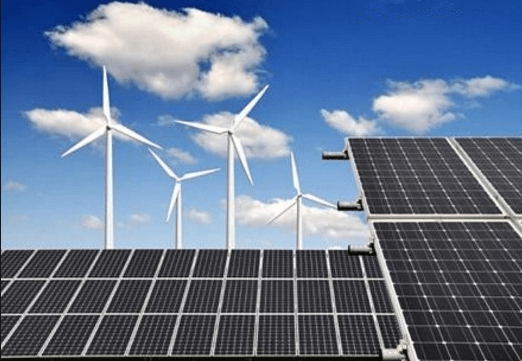Solar lighting uses daylight as energy, uses solar cells to charge the battery. And stores the solar energy into the battery. At night, the battery is used as a power source to provide energy to the energy-saving lamp and convert the chemical energy in the battery into light. Yes, make the lights work. A basic solar lighting system includes solar panels, charge and discharge controllers, batteries and light sources, which can directly generate low-voltage direct current. Or can be converted into 220-volt alternating current through an inverter, and then supplied to the lighting load.
Compared with traditional street lamps, solar lighting has obvious advantages. Solar lighting technology has the characteristics of one-time investment, no long-term operating costs, easy installation, maintenance-free, and long service life. It will not cause damage to the original vegetation and the environment, while reducing various costs and saving energy. “Multiple effects at one stroke”. However, solar lighting still has certain limitations. Such as high cost and low power, and the battery plate has a greater impact on the urban landscape. 100W energy-saving lamps require a panel area of 2m, which is difficult to meet the requirements of wind protection and urban landscape.
With the development of the economy and the progress of society,people have put forward higher and higher requirements for energy .
Looking for new energy has become an urgent issue facing humanity. Solar power is considered to be the most important energy source in the 21st century because of its advantages such as cleanliness, safety, extensiveness and adequacy of resources that are unmatched by thermal power, hydropower, and nuclear power.
Solar lamps generally use efficient and energy-saving lighting sources. The main light sources (bulbs) used in solar lamps are: high-efficiency DC energy-saving lamps, ultra-bright semiconductor LED lamps, electrodeless electromagnetic induction lamps (LVD), low-pressure sodium lamps (LPS) and high voltage Sodium lamp (HPS) etc.
For the same location, it has a direct relationship with the choice of solar cell modules and storage batteries.
Under the premise that the power of the light source is determined.The greater the power of the solar cell module and the capacity of the storage battery,the longer the lighting time can be guarantee. And the shorter it is. The system configuration should generally guarantee 5 to 10 hours of lighting time per day.
Generally. When encountering continuous rainy weather, lighting time should not be less than 2 days (5 ~ 10 hours per day)


